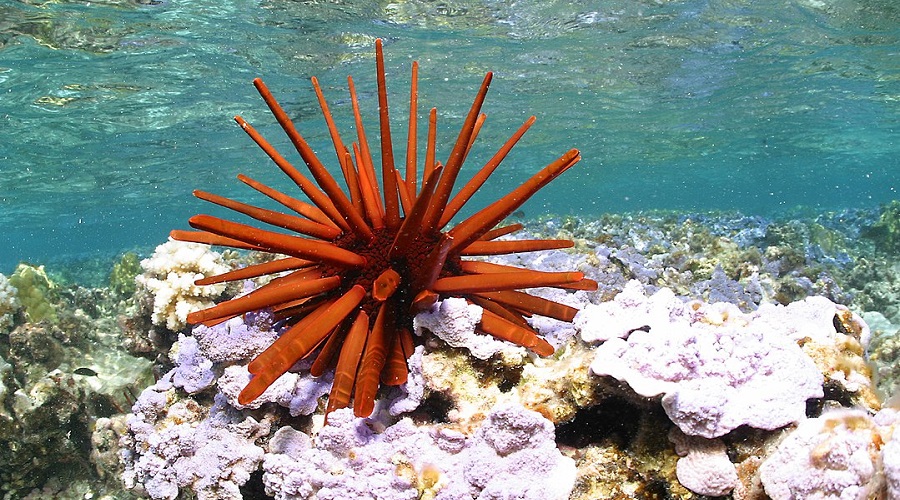
Knowledge provided by local stakeholders such as non-governmental organizations, academics, civil servants, journalists, and fishers can be valuable for evaluating the effectiveness of countries’ marine protected areas (MPAs).

Knowledge provided by local stakeholders such as non-governmental organizations, academics, civil servants, journalists, and fishers can be valuable for evaluating the effectiveness of countries’ marine protected areas (MPAs).
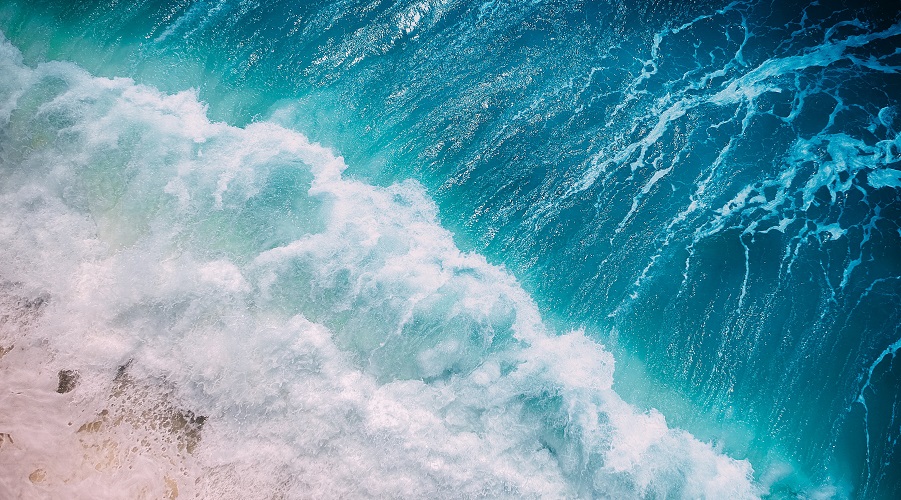
A crucial globally agreed framework to protect the world’s oceans and fisheries is on course to fail, according to a new study led by the University of Portsmouth with collaborators from the Sea Around Us initiative and DIATOM Consulting.
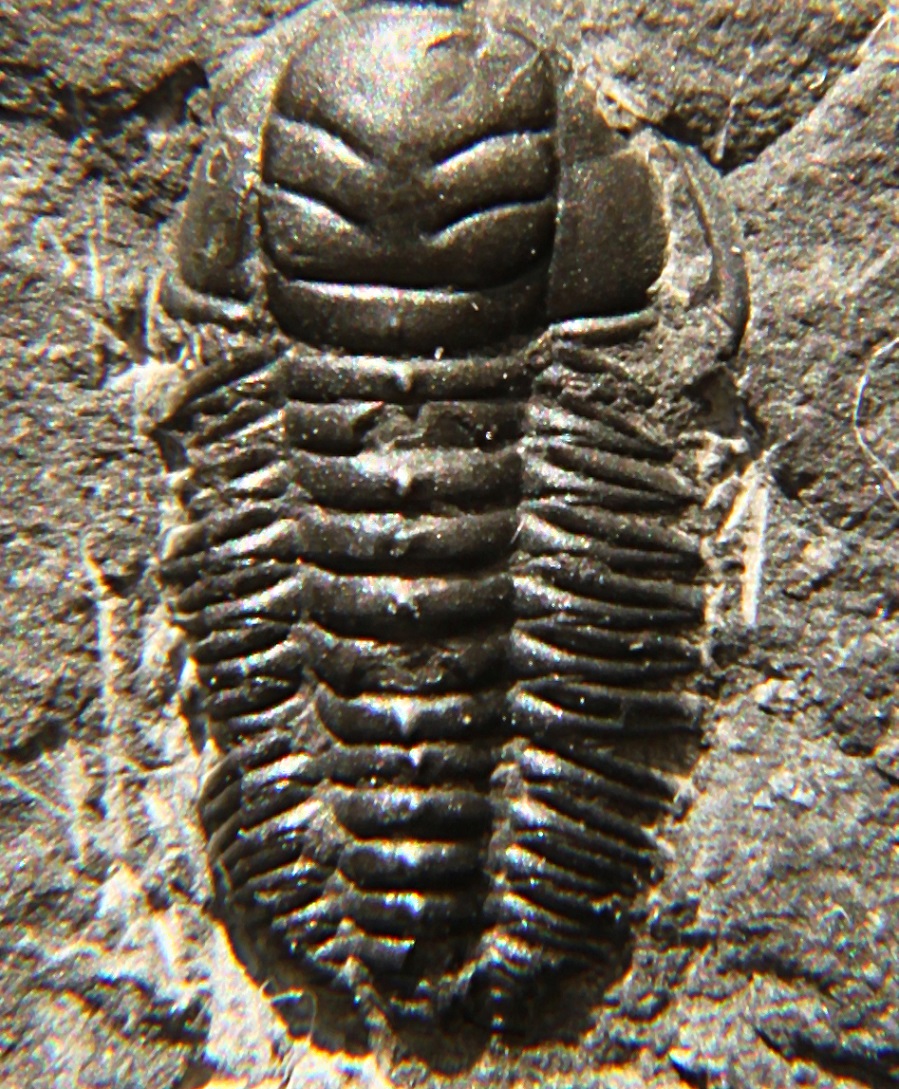
Trilobites- extinct marine arthropods that roamed the world’s oceans from about 520 million years ago until they went extinct 250 million years ago, at the end of the Permian period – may have grown in a similar fashion and reached ages that match those of extant crustaceans, a new study has found.
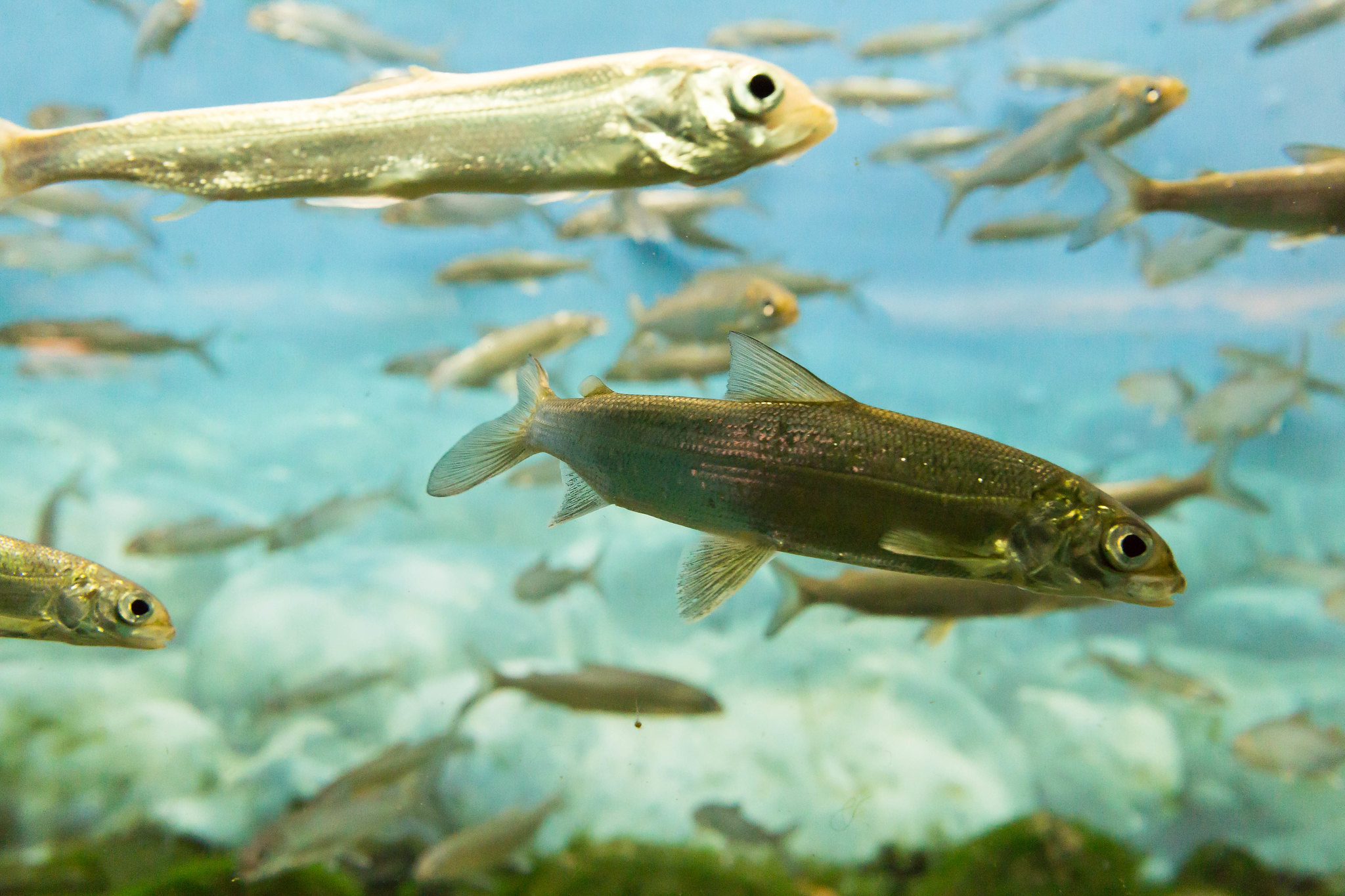
Lake whitefish. Photo by Marco Verch, Flickr.
A physiological explanation and an evolutionary explanation related to the moment fish become sexually active – and spawn for the first time – have turned out to be two sides of the same coin, new research has found.
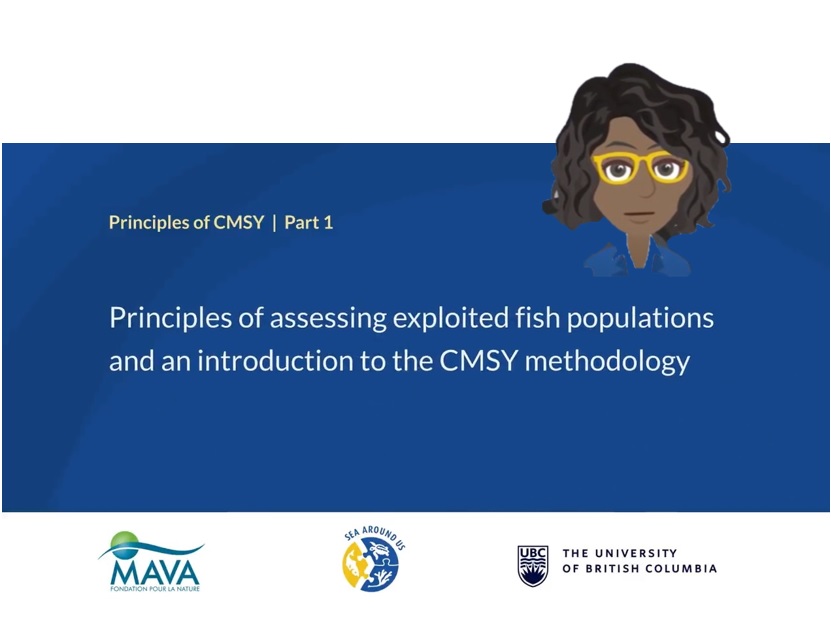
Sea Around Us data users interested in learning how to perform stock assessments using the CMSY methodology now have access to a suite of free video tutorials.